Disruptive envisioning will be the most critical leadership capability in the future workplace of India.
In a world disrupted, twisted and transformed by the rapidly evolving economies, demographics and ever advancing technologies, the world of work is slowly becoming even more complex. That’s the present, while the future could be far more complex and more so—uncertain. In a global survey recently, PwC had shared insights into how people think the workplace will evolve, and how this will affect their employment prospects and future working lives.
In August, HRKatha had reported the four new worlds of work that could evolve by 2030, as explained by PwC’s global survey. Now, with a glimpse of the future, PwC in its latest report— Reimagining leadership: Steering India’s workforce in 2030— explains the essential leadership capabilities required to gear up for the future. According to the report, ‘Disruptive envisioning’ will be the most critical leadership capability in the future workplace of India. This entails the ability to envision a future with multiple possible outcomes, while also having the courage to challenge the status quo and the openness to experiment.
Managing multidimensional diversity entails the ability to manage not just genders, race, ethnicities, and so on, but managing a workplace with humans and machines. Leaders now need to gear up to manage workplaces with an ability to emote with machines.
The report calls out six new or emerging leadership capabilities including disruptive envisioning, multi-dimensional sense-making, orientation towards institution building, managing multi-dimensional diversity, personal credibility and talent magnetism that are critical for leaders to successfully navigate the new workforce realities. At the same time, the three core capabilities of self-awareness, curiosity to learn and evolve, and building and nurturing networks will assume even greater significance in the future.
Chaitali Mukherjee, partner, people and organisation, PwC India, says, “The forces and trends shaping India and the business world have created paradoxes within organisations, which leaders of the future will need to navigate.” She believes that traditional models of development are no longer sufficient to help leaders act fast and effectively in unpredictable circumstances. Organisations will need to reimagine the talent development experience at the top of the pyramid, in much the same ways as they do the customer experience.
Mukherjee shares that the leadership capabilities defined in the report are classified into two groups — core capabilities and emerging capabilities. “While organisations should look at core capabilities as the essentials they should hire for, emerging capabilities can still be developed. In addition, for a successful leader, while the core capabilities are like an ammunition, the emerging capabilities are what she/he needs to practise and implement on a day-to-day basis,” she says.
While the three core capabilities may already exist in most people, Mukherjee explains how the emerging capabilities are different from the way they may be perceived. Disruptive envisioning means having the mental courage to own and share perspectives, an ability to think non-linear while cutting through the noise. It also entails the ability to plan for multiple futures.
The 9 leadership capabilities are:
1. Disruptive envisioning
2. Multi-dimensional sense-making
3. Orientation towards institution building
4. Managing multi-dimensional diversity
5. Personal credibility
6. Talent magnetism
7. Self-awareness
8. Curiosity to learn and evolve
9. Building and nurturing networks
“By multi-dimensional sense-making, we mean the ability to connect the dots, and not just that but connecting the dots where things aren’t too visible. It’s about the ability to make meaningful assumptions and create new mental models,” she further explains. About the third capability —orientation towards institution building — Mukherjee says that despite sounding a bit cliché it is the most critical of all capabilities. It is the ability to make the right choices while deciding on a growth path. “While some people simply choose to be winners, some people choose to make the organisation win and the latter are the true winners. It is this virtue that is extremely important for leaders and their organisations to succeed in the future,” Mukherjee opines.
Going ahead, she explains that while diversity may have become one of the biggest agendas for organisations across the globe, there is still an important aspect of diversity that is being missed out. Managing multidimensional diversity entails the ability to manage not just genders, race, ethnicities, and so on, but managing a workplace with humans and machines. Leaders now need to gear up to manage workplaces with an ability to emote with machines.
Last but not the least, Mukherjee explains that personal credibility is about the integrity of thoughts and actions. According to her, leaders need to understand that it’s not their past successes but the dependability that they display through their current behaviour, which matter. Talent magnetism is about leading without authority but having the ability to influence and attract talent.
In addition, the report asserts that while emotional and cognitive intelligence have proved to be critical to leadership success in the past, in the future workplace, ‘learning intelligence’ will be the new leadership edge. The learning intelligence quotient will need to be understood, measured and also incentivised within organisations.

Interestingly, about 66 per cent of those surveyed in this report believe that the onus for building capabilities for the future lies with an individual, while 61 per cent of respondents believe that critical exposure to diverse environments, including working with clients, partners and grass-root level organisations, will help leaders develop new perspectives and become accustomed to navigating the unknown and unpredictable.
Blair Sheppard, global leader-strategy and leadership development, PwC says, “The most difficult thing for the leader is going to be keeping an eye on the long-term perspective versus the short term pressures. It is the responsibility of the leaders to look into the future when making decisions today, to ensure they are solving the immediate problems, while also preparing their organisation for the future.”
The report also recommends a ‘3E’ model for leadership development—enrichment, enhancement and enablement. This framework provides a safe environment for leaders to fail fast, look beyond the rule book and engage in active experimentation. It not only means a very different approach towards how leaders are nurtured within an organisation, but also necessitates that the belief and commitment to this process be reflected in the culture of the organisation.
Finally, the report emphasises that the future workplace in India is likely to be characterised by competing and conflicting priorities and demands of its key constituents—the organisation, the employee, the CEO and HR. While organisations will continue to demand innovation-led growth from their CEOs, the CEOs will have to focus on differentiating human capabilities and striking the right balance between humans and machines/bots. On the other hand, HR will become the guardian of the brand, focusing on creating the right culture and protecting the organisation against sustainability and reputational risks.
Value our content... contribute towards our growth. Even a small contribution a month would be of great help for us.
Since eight years, we have been serving the industry through daily news and stories. Our content is free for all and we plan to keep it that way.
Support HRKatha. Pay Here (All it takes is a minute)





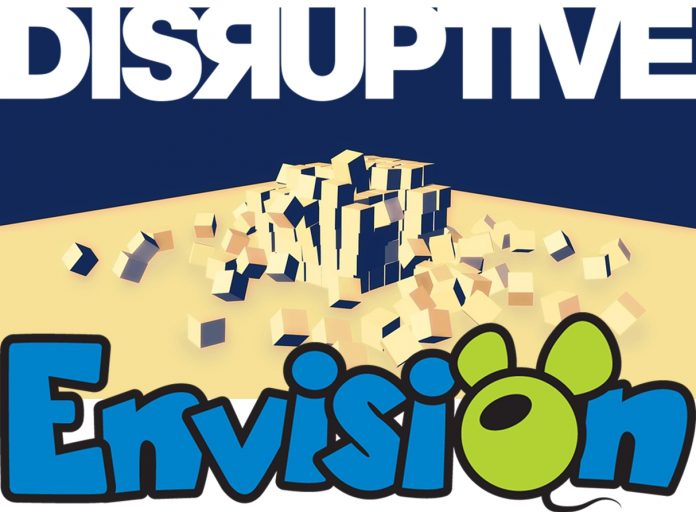




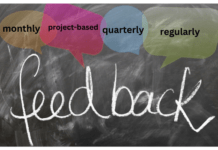
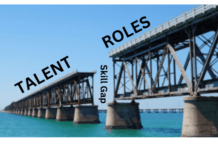










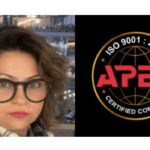

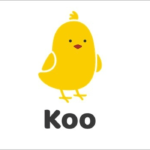












This article is very useful and thoughtful.
Great article..relevant, short and captures a lot. Well done Lipi